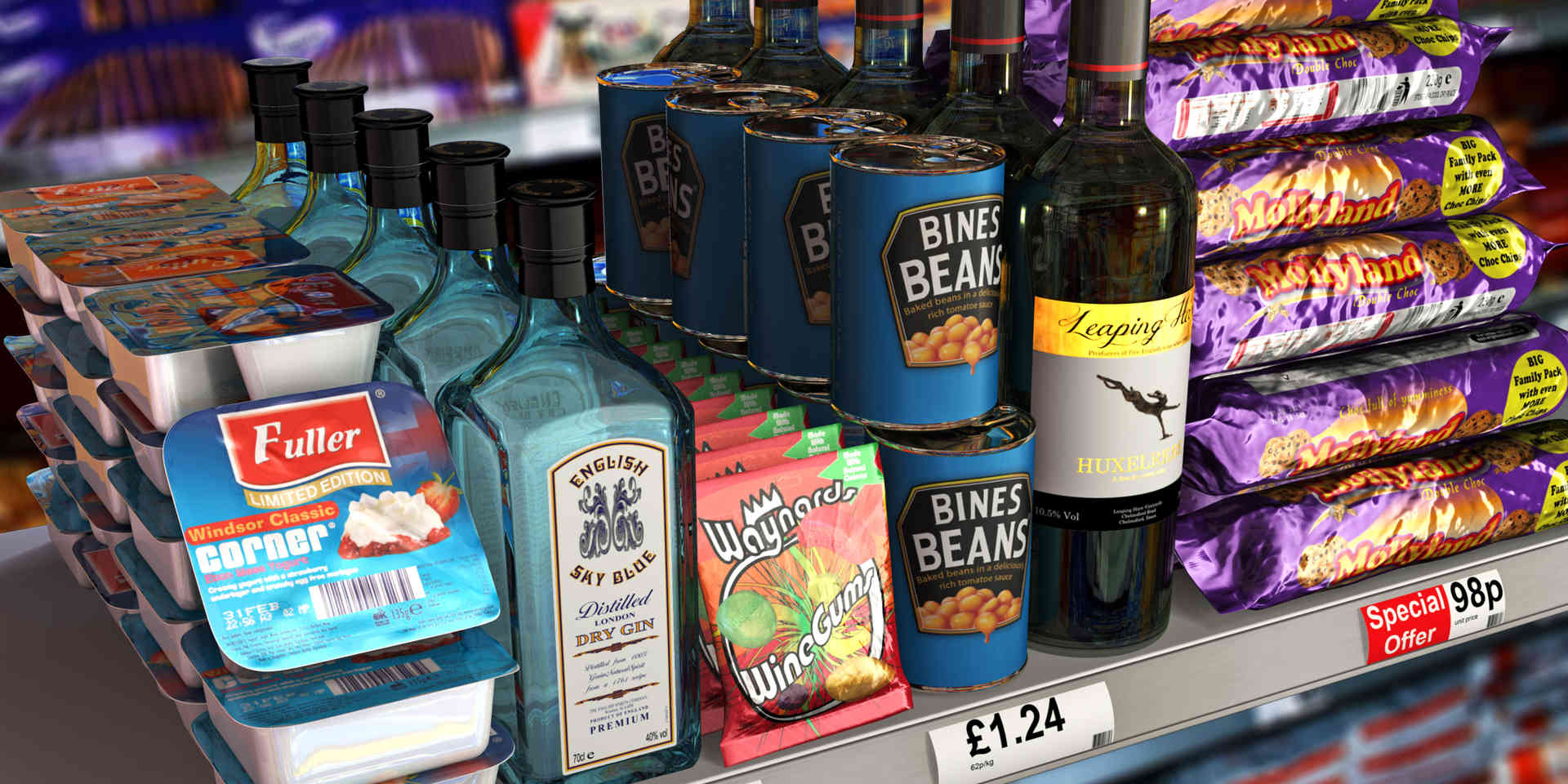3D design is an integral part of designing and creating each new type of packaging, whether it is a box, a case, a pouch, container, or a Bag in Box.
Why work in a flat world if the packaging is not flat?
Using 3D design, it is possible to create 3D models of your packaging. This is a fast and efficient way to show the customer the product’s actual appearance, offering support for marketing managers and the package designer by studying a product’s appearance and assessing the visual impact and the degree of desire that the item, displayed at the point of sale along with others, will produce in the consumer.
3D design allows manipulating and analyzing in detail:
-primary packaging, e.g., the individual retail unit (such as a bottle, a box of chocolates, a CD case, etc.),
-secondary packaging; e.g., the grouping of several units in a package (for example, a pack containing several bottles, a pack of three boxes of chocolates, a pack of ten CD cases, etc.),
-tertiary packaging is a designed to carry a certain number of sales units or multiple packages (e.g. a pallet of packs or cartons, a box containing packages, etc.).
Each box, display, or gadget is thoroughly studied at an early stage, both flat and in three dimensions; nothing is left to chance.
The operating system applied in the design phase also allows performing in-depth checks on each distinct element of the packaging, which will then be produced.
The 3D model allows us to verify in detail every construction particular, so that everything is designed to perfection and that there are no errors that could cause problems during manufacturing.
Using the materials editor, it is possible to simulate special effects such as metallic surfaces, embossing, gold and more.
Only after this phase do we create a first physical sample that will test the validity of the original idea, using the materials directly chosen, possibly further refining the die design.
3D
Information
Fotolito Tiferno 2.0 snc
via Elio Vittorini 12, 06012, Città di Castello (PG - Italy)
P.iva 03545640546 - Privacy Policy
{loadmodule mod_languages}




















